Law clinics, whose mission is both educational and social, provide training and democratise access to the law.
History of law clinics
Born in the United States
Law clinics first appeared in late 19th to early 20th century America, at the initiative of two research professors, who wanted to extend the law curriculum to include observation in the field. The clinics were then gradually exported to other countries: in Africa and Asia, followed more recently by Europe, including France.
In the early 20th century, students started focusing on the practice of their discipline, and several nascent law clinics emerged, such as the Legal Aid Dispensary, first created by students at the University of Pennsylvania in 1893.
It was not until after World War II that law schools actually incorporated law clinics into their university curricula, in the form of structures integrated into study programmes. Today, virtually every American Law School has its own Law Clinic, and often several.
Terminology
The word “clinic” is borrowed from medical terminology. It is used to define a type of teaching based on observation and practice, in which students are in direct contact with patients.
Objective of clinics
Clinics have a dual educational and social mission. Specifically, they provide a service for disadvantaged people who are often unaware of their rights, and offer them free legal information. Litigants ask these clinics to examine their problems, which are handled directly by law students under the guidance and supervision of their professors and lawyers. The students respond by providing information about the applicable law and possible approaches that litigants can use. This enables students to further their training by gaining experience of actual cases.
The relentless rise of law clinics
Since the 1970s, the number of law clinics forming an integral part of university law programs, from Bachelor’s to Master’s-degree level, has risen sharply throughout the English-speaking world. These clinics have gradually spread to other countries: in Africa and Asia, followed more recently by Europe, including France. Universities quickly understood the benefits of professionalising their students’ training, and of adding practice in real-life contexts to complement their theoretical legal training. At the same time, these clinics provide easier access to the law and accessible justice for all citizens.
